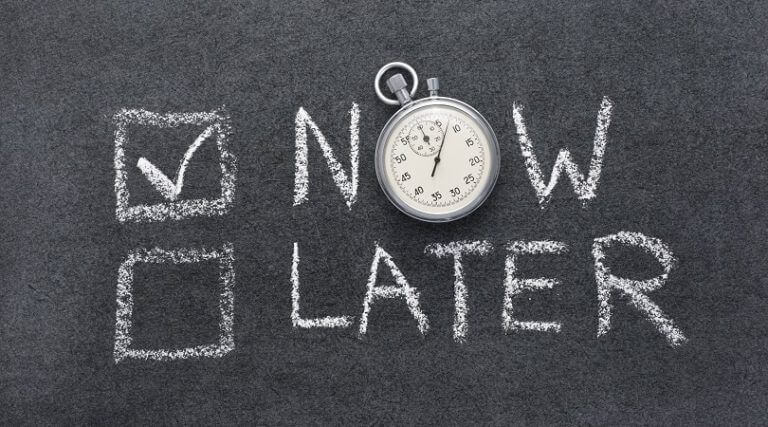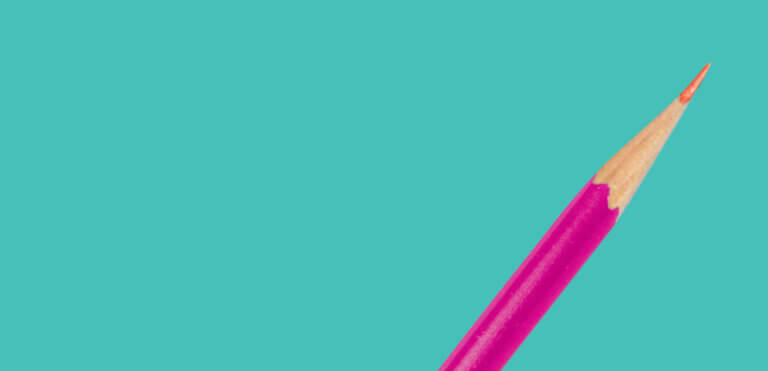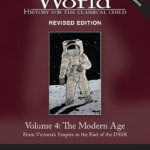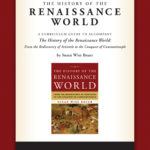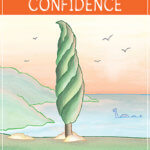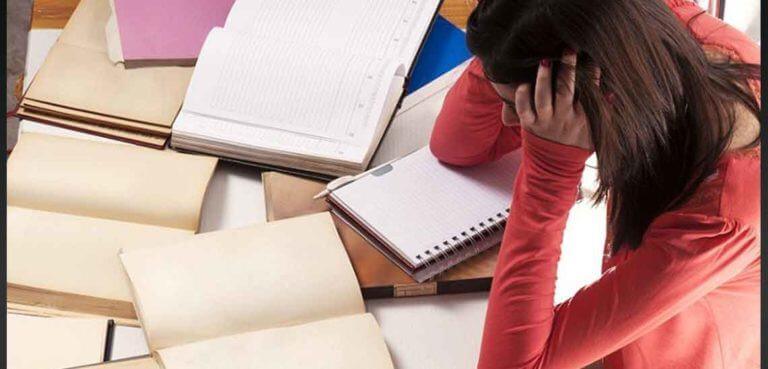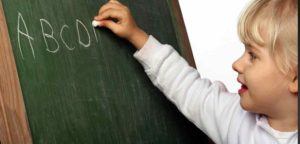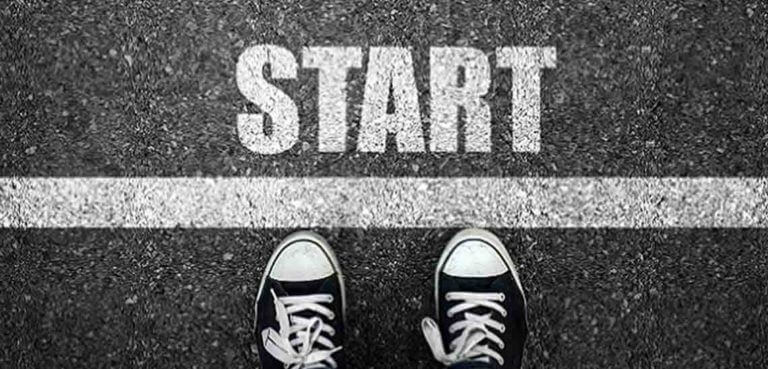
In The Well-Trained Mind, we suggest going through history in three four-year sequences, going from ancient times to the present once in the grammar stage, once in the logic stage, and once in the rhetoric stage (we suggest the divisions 5000 BC-400 AD, 400-16, 1600- 1850, and 1850 to the present). We also suggest tying the literature curriculum to this sequence, so that the student reads ancient literature, myths and legends in year one; medieval and Renaissance works in year two; nineteenth century works in year three; and modern literature in year four.
There’s nothing sacred about this four-year division. We like it because it allows the child to study history once at each skill level, while still giving enough time for the child to absorb information (going through history any more quickly is almost impossible!). If you’re starting with an older child, you can follow one of several strategies:
1) Begin with the ancients and progress forward, in chronological sequence, no matter what age the child is. As the child matures from one stage of learning to another, change the approach you take towards teaching, but not the period of history you’re studying. For example, say that you’re beginning history with a third grader. You’d begin with ancient history and with an elementary-stage text. When the child enters fifth grade, switch over to a more difficult text, beginning with early modern times, and begin to teach outlining, as we suggest in The Well- Trained Mind. When the child enters ninth grade, begin the study of Great Books. Your schedule, then, would look like this:
| Third grade, Ancients, 5000 BC – AD 400 | Elementary history resource, using short narrations |
| Fourth grade, Medievals, 400-1600 | Elementary history resource, using longer narrations |
| Fifth grade, Renaissance/Early Modern, 1600-1850 | Middle-grade history resource, beginning-level outline (one sentence per paragraph), timeline |
| Sixth grade, Modern, 1850-present | Middle-grade history resource, two-level outlines, timeline |
| Seventh grade, Ancients, 5000 BC-AD 400 | Middle-grade history resource, three-level outlines, timeline |
| Eighth grade, Medievals, 400-1600 | Middle-grade history resource, three-level outlines, timeline |
| Ninth grade, Renaissance/Early Modern, 1600-1850 | Great Books, Year Three |
| Tenth grade, Modern, 1850-present | Great Books, Year Four |
| Eleventh grade, Ancients, 5000 BC-AD 400 | Great Books, Year One |
| Twelfth grade, Medievals, 400-1600 | Great Books, Year Two |
As you do this, remember that the books we list for each stage (grammar, logic, and rhetoric) are basically on the same reading level. The literature lists for fifth grade, for example, are basically at a sixth-eighth grade reading level, as are the eighth-grade lists.
This scheme has both advantages and disadvantages. The primary disadvantage is that the chronology of history and literature doesn’t “match up” to the stage of education, so that you do (for example) the Great Books list out of order. This isn’t a fatal flaw, since the child is progressing chronologically overall. And it may be worth the advantages — the child doesn’t have to “hurry through” any year of history, and the fact that the Ancients Great Books list (the most difficult year) is encountered in eleventh rather than ninth grade will make the study of Plato, Aristotle, etc. much less intimidating.
This works best if you’re beginning during the grammar stage. If you’re beginning with a logic-stage child, you might do better to follow Strategy #2:
2) Do a speeded-up or slowed-down version of history until the child reaches the beginning of the next learning stage. Say, for example, you’re beginning classical education with a seventh-grade child. It is important that this student learn how to outline and how to write short compositions before beginning the Great Books study (as described in the history chapter of the logic stage section of The Well-Trained Mind). So you’ll aim to use outlining and composition as the method of learning history during seventh and eighth grades. You can use your middle-grade history resource to do a quick historical survey during these two years, or (depending on the child’s previous history study) pick two periods of history to concentrate on. If the child has had American history for the last three years of public school, but has never done the Ancients, you might use seventh and eighth grade to study the Ancients and the Medievals, and then begin the Great Books study in ninth grade. If you do this, we suggest using your middle-grade history resource for reference during the study of Great Books, and we also suggest that the student keep a complete time line during the rhetoric years (grades 9-12). If the student has never done a chronological survey of history, it’s important that this become part of the Great Books study; otherwise, she may have difficulty relating the Great Books to historical facts.
You might, then, follow this pattern:
| Seventh grade, Ancients, 5000 BC – AD 400 | Middle-grade history resource, one and two-level outlines, timeline (Or another selected period of history) |
| Eighth grade, Medievals, 400-1600 | Middle-grade history resource, three-level outlines, timeline (Or another selected period of history; state history would be an option) |
| Ninth grade, Ancients, 5000 BC – AD 400 | Great Books, Year One, keep a timeline and refer to the middle-grade history resource for background information |
| Tenth grade, Medievals, 400-1600 | Great Books, Year Two, keep a timeline and refer to the middle-grade history resource for background information |
| Eleventh grade, Renaissance/Early Modern, 1600-1850 | Great Books, Year Three, keep a timeline and refer to the middle-grade history resource for background information |
| Twelfth grade, Modern, 1850-present | Great Books, Year Four, keep a timeline and refer to the middle-grade history resource for background information |
Or you might prefer this setup:
| Seventh grade, Ancients-Medievals, 5000 BC-AD 1600 | Middle-grade history resource, one and two-level outlines, timeline. (Don’t try to outline every lesson and read every book in the list; pick and choose.) |
| Eighth grade, Renaissance-present, 1600-present | Middle-grade history resource, three-level outlines, timeline. (Don’t try to outline every lesson and read every book in the list; pick and choose.) |
| Ninth grade Ancients, 5000 BC-AD 400 | Great Books, Year One, keep a timeline and refer to the middle-grade history resource for background information |
| Tenth grade Medievals, 400-1600 | Great Books, Year Two, keep a timeline and refer to the middle-grade resource history resource for background information |
| Eleventh grade Renaissance/Early Modern, 1600-1850 | Great Books, Year Three, keep a timeline and refer to the middle-grade history resource for background information |
| Twelfth grade Modern, 1850-present | Great Books, Year Four, keep a timeline and refer to the middle-grade history resource for background information |
You’d have the same options if you were beginning with a sixth-grader or with a third-grader (use your elementary history resource for a quick journey through history, or for an in- depth study of selected subjects, before progressing on to the regular course of study in fifth grade). With an eighth-grader, you’d do better to concentrate on a single period of history before beginning the Great Books study, backed up by a timeline and your middle-grade history resource, in ninth grade. Or you might select Strategy #3:
3) Stretch one stage of learning over five years rather than four. If your child is a precocious reader and thinker, you could begin logic-stage history in fourth grade, and cover it in five years, over grades 4-8. In most cases, we find that the Great Books list is too difficult to begin before ninth grade; but if your eighth-grader is particularly mature, you could begin the Great Books in eighth grade and stretch it over five years (although this won’t be the best option for most families). In this case, we suggest the following divisions:
| Year One | 5000 BC – 100 BC |
| Year Two | 100 BC- AD 1400 |
| Year Three | 1400-1750 |
| Year Four | 1750-1900 |
| Year Five | 1900-present |
If you’re beginning classical education with an older child (ninth, tenth, or eleventh grade), consider a fourth strategy:
4) Combine the logic stage and rhetoric stage study of history by using your middle-grade history resource and the outlining/compositions we suggest for the logic stage. But make these compositions more complex (rather than simply summarizing the information in the histor resource, use outside sources as well). As you progress through your middle-grade history resource, read through a shortened Great Books list at the appropriate time; when you’re reading about Greece, stop and do Plato; when you’re reading about Elizabethan England, do Shakespeare; etc.
For a ninth or tenth grader, you could try to cover the entire survey of history; a tenth- grader could follow this altered schedule:
| Year One | 5000 BC – AD 600 |
| Year Two | 600-1750 |
| Year Three | 1750-present |
An eleventh-grader would do best to concentrate simply on Renaissance history and literature the first year (1600-1850) and then on the moderns for the final year (1850-present), since these are the periods most often covered in standard high school literature courses.
A student who is just beginning classical education may not be ready to tackle a full Great Books list. If your older student is overwhelmed by the idea of reading Aristotle or John Locke, we have two suggestions:
1) Save the study of the Ancients for the final high school year. Although this is not ideal, it allows a student who is still “catching up” to become more comfortable with reading classic works before encountering some of the more unfamiliar literature. And when you do tackle Homer, Plato, and Aristotle, look for some of the excellent audiobooks of these works (Sir Derek Jacobi peforming the Odyssey, for example). Use these audiobooks as introductions to the print versions; have your student listen to them first, and then read the texts.
2) For the study of literature from 400-present, use the lists we suggest for grades 6-8 in The Well-Trained Mind). These lists contain classic literature as well as a few abridgements; among other texts, sixth graders read the beginning of the Inferno and a Shakespeare play; seventh graders read Gulliver’s Travels and “The Rime of the Ancient Mariner”; eighth graders read Stevenson, Wells, and Shaw. Use the abridgements on these lists (retellings of Beowulf, Chaucer, de Cervantes, and so on) as springboards into the study of the original works themselves. After your student is familiar with the storyline of Beowulf or The Faerie Queen, he will be less intimidated by the classic stories themselves. And challenge your high school student to try a few works off the high school list as the year progresses.
Recommended Products
-
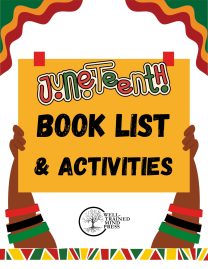
Juneteenth Booklist & Activities
0 out of 5$0.00 Add to cart -
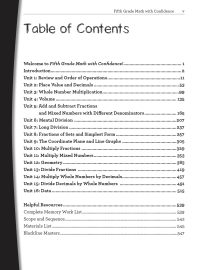
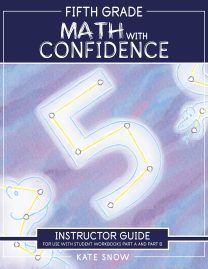
Fifth Grade Math with Confidence Instructor Guide
0 out of 5Starting at:$36.95Original price was: $36.95.$27.71Current price is: $27.71. Select options -
Sale!

Hansel & Gretel and Other Stories: Downloadable MP3
0 out of 5$12.95Original price was: $12.95.$9.71Current price is: $9.71. Add to cart -
Sale!
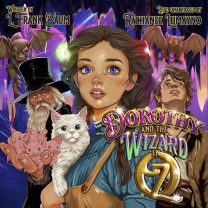
Dorothy and the Wizard in Oz: Downloadable MP3
0 out of 5$25.95Original price was: $25.95.$19.46Current price is: $19.46. Add to cart -
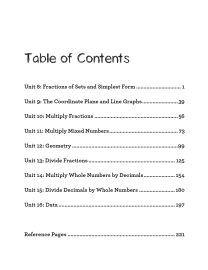 Sale!
Sale!
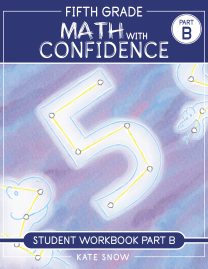
Fifth Grade Math with Confidence Student Workbook B
0 out of 5$16.46 – $21.56 Select options This product has multiple variants. The options may be chosen on the product page -
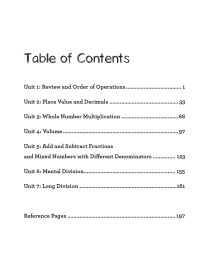 Sale!
Sale!
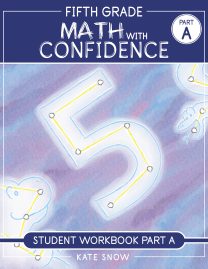
Fifth Grade Math with Confidence Student Workbook A
0 out of 5$16.46 – $21.56 Select options This product has multiple variants. The options may be chosen on the product page
ABOUT THE AUTHOR
Susan Wise Bauer
Join over 100,000 homeschooling families
For the latest offers, educational insights, products and more.
By joining you agree to our privacy policy.

